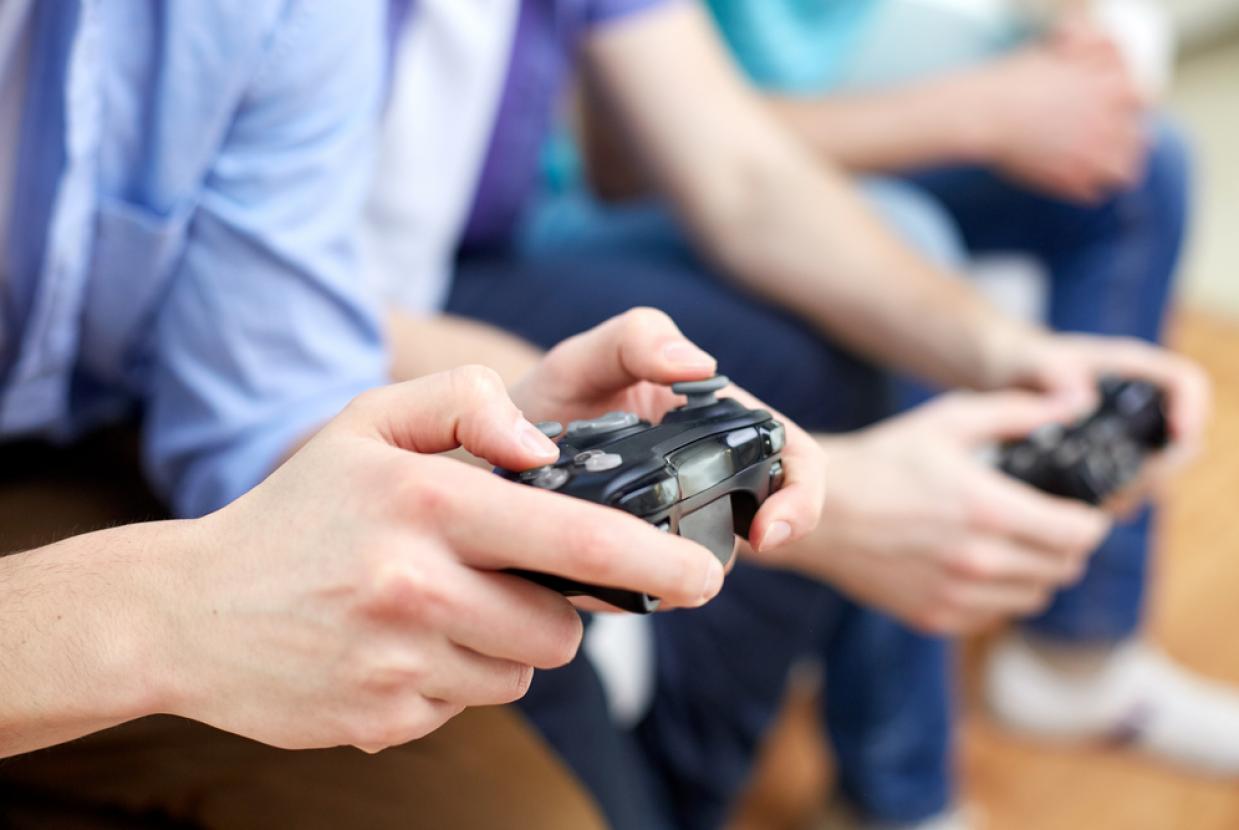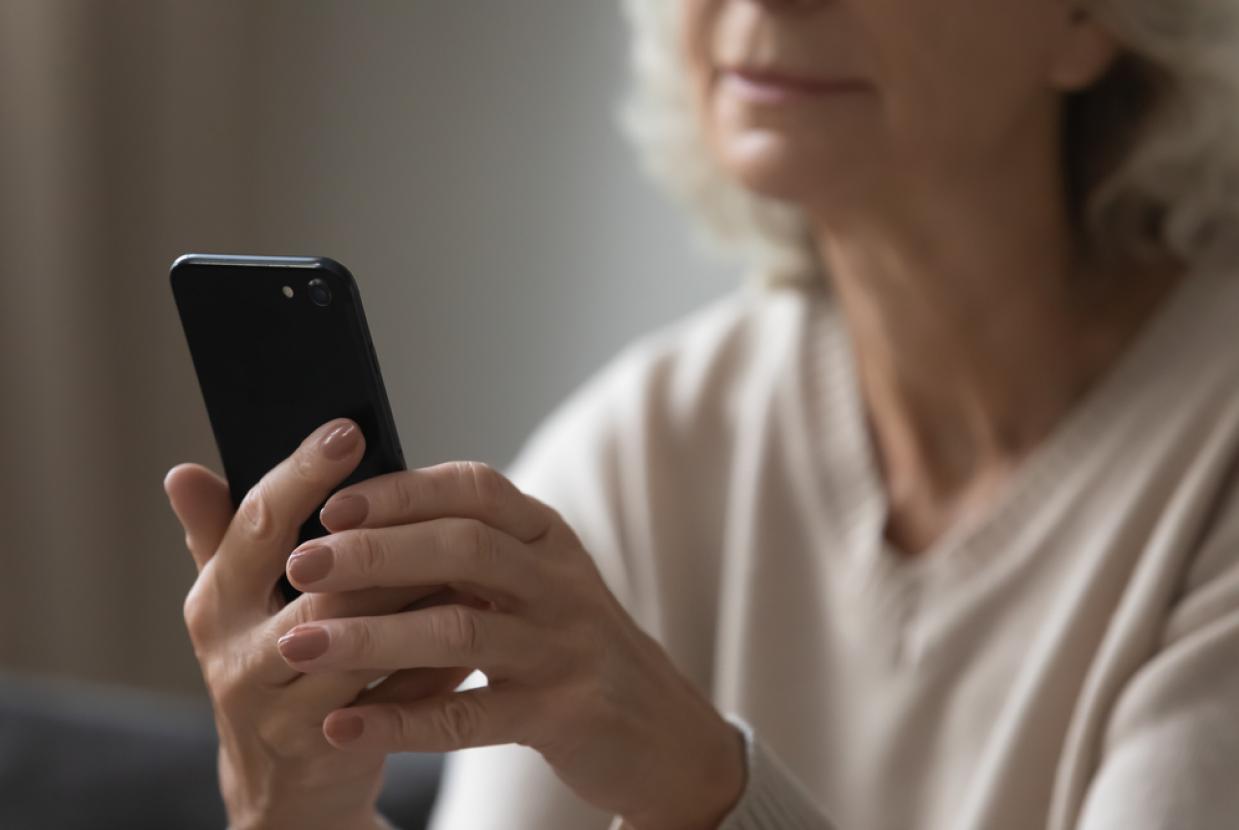Stroke-Related Eye Conditions
Strokes occur when a part of your brain is starved of oxygen and nutrients. Vision problems following a stroke are quite common. Our eyes send visual information to different parts of the brain involved in seeing. This is known as the visual pathway. If a stroke affects certain parts of the visual pathway or parts of the brain that are involved in processing and interpreting visual information, then this can affect your sight. The main types of eye problems that can occur after a stroke include visual field loss, eye movement problems and visual processing problems.
What are some of the common visual symptoms of stroke?
Stroke can affect the visual pathways of your eye and this can affect your vision in different ways including:
- visual field loss
- blurry vision
- double vision
- reading difficulty
- moving images
- other problems such as dry eye and sensitivity to light.
When stroke affects the areas of your brain that process information you see, it can cause problems such as:
- visual neglect
- judging depth and movement
- recognising objects and people
- visual hallucinations.
How can vision problems following a stroke be managed?
The focus following a stroke is on rehabilitation. Part of the rehabilitation programme for someone who has had a stroke normally includes an assessment of their vision and eyes. Orthoptists and low vision specialists can assess and work with you on visual training with or without optical aids. The stroke team, GP, or ophthalmologist (hospital eye doctor) can refer you for an orthoptic assessment and/or to the low vision clinic.
There are different techniques that can be used to try to help deal with the visual effects of stroke. These will depend on how the stroke has affected your vision but can include glasses, prisms on glasses, patching, magnifiers and visual scanning techniques. There are also computer-based rehabilitation programmes which may help improve your ability to scan if you have visual field loss.
Some people may see some improvement in their vision for many months following a stroke, more commonly after an ischaemic stroke. However, this is very individual and really depends on where in your brain the damage has occurred, the extent of the damage and the type of stroke you have had, as well as any other existing health problems. Unfortunately for many people, especially those with visual field loss, sight loss may be permanent.
Visual field loss: hemianopia
A common problem that can affect your sight after a stroke is loss of part or whole sections of your visual field in both eyes. Visual field is the term used to describe the entire area that you can see when your eyes are looking in one fixedposition. This includes everything you can see in the periphery (side) of your vision as well as your central reading vision.
Hemianopia is where there is a loss of one half of your visual field. This may mean that you’re not able to see to either the left or right from the centre of your field of vision in both eyes. If you have a stroke to one side of your brain, you may develop field loss to the opposite side. For example, if the right side of your brain has been affected by the stroke, the left side vision in each eye may be affected.
Although hemianopia does not affect all your vision, it can still cause problems with day to day living such as locating things, coping with traffic on the street, or being disoriented in crowded environments such as supermarkets.
Reading can also be a very frustrating experience with hemianopia as words and sentences disappear when in the missing visual field. Sometimes using a marker at the end of the sentence or a Post-it Note to indicate where the end of the line is can be helpful. A typoscope (a piece of card with a rectangle box cut out) or a bar magnifier (a long thin magnifier with a guideline on it) can be helpful by making it easier to focus on a line of text at a time. It may also be helpful to tilt the text and read it vertically.
Sometimes with hemianopia you may not be aware that you’re unable to see from a part of your visual field. You can be taught scanning techniques (eye movement patterns) in the direction of the hemianopia to compensate.
Scanning exercises are easy to do and can be done in different ways. You can practice scanning by keeping your head still and moving your eyes around the room to your affected side of vision. You could also use puzzles and word search games in books or on computers and tablet screens to improve your visual perception and visual-tracking skills. There are free scanning training programmes on the internet which can be helpful:
- Eye-Search
- Read-Right
- Durham Reading and Exploration Training
These computer-based scanning programmes will not help you recover any visual field loss but can help you get the most out of your remaining field of vision. Scanning exercises have been shown to be beneficial as a treatment to improve your speed and accuracy in finding objects on your affected side.
Eye movement problems
Damage to the nerves that control your eyes can lead to eye movement problems after a stroke which can result in both your eyes not working together as a pair. This can make it difficult to maintain stable focus on things because of blurred vision as well as double vision (diplopia).
You may also experience weakness in your eye muscles, like difficulty or even inability to follow objects with your eyes (pursuit) or shift vision quickly from object to object (saccade) which may make it difficult for you to focus or track objects. In addition, your eyes may wobble (a condition known as nystagmus), or you may not be able to move both eyes together in a particular direction (gaze palsy).
Treatment can involve prisms and occlusion or patching. Prisms for eye movement problems are used to help eliminate double vision and are very effective when the size of the double vision does not change significantly as you look around. In the initial stages following a stroke, the double vision may change and therefore, a temporary prism may be recommended for use by your orthoptist. Once the double vision and strength of prism needed becomes stable, the temporary prism can be replaced with a permanent prism incorporated into the glasses lens itself.
Occluding one eye fully or partially can also be an effective solution for double vision. Usually, occlusion is done by applying a frosting sticker to one lens of your glasses.
Visual neglect
After a stroke, you may have difficulty with visual processing or your ability to make sense of what you see. The most common visual processing problem after a stroke is visual neglect, also known as spatial inattention, which can affect your perception of things around you as you may be unaware of objects to one side. Visual neglect is more common when you have a stroke in the right side of the brain which affects the left side of the body. It may occur when you have visual field loss but can occur on its own as well.
You may even be unaware of one entire side of your body. If you experience neglect, then you may ignore food on one half of your plate, avoid shaving or applying make-up to one side of your face as well as be unaware of objects and people that are on your affected side causing you to ignore or bump into objects that are on that side.
Treatment for neglect can include prisms, but most often you’re advised on using scanning and awareness strategies to help you cope with the neglect. Unfortunately, if you have both visual field loss and neglect, you’re less likely to respond to scanning techniques or compensate for the problem.
What other problems can stroke cause to your eyes?
Other problems that can affect your eyes or vision after a stroke include increased sensitivity to light, dry eye, visual balance disorders and processing problems.
Sensitivity to light can occur when the brain seems to have difficulty adjusting to different levels of light. You might notice that bright lights are uncomfortable. Tinted glasses or specially designed eye shields can help in easing the discomfort you might have. Some people find it is easier to read when placing a yellow transparent plastic sheet over their reading material as this reduces glare.
Dry eye following a stroke can be due to problems with the nerves of the eyelid, the facial nerve or the muscles of the eyelid. The rate that you blink may be slower following a stroke and/or you may not be able to close your eyelids completely. If you’re not able to blink or close your eyes completely, it can cause a part of your cornea, the clear front surface of your eye, to dry out causing your eye to feel gritty and uncomfortable. Using artificial tear eyedrops to keep your cornea lubricated, using ointment when sleeping, and reminding yourself to try to blink often and completely, may help you to manage dry eye.
Often a person after a stroke may be able to read text readily but is unable to make sense of the text. They may attribute this to not being able to see the text properly when it’s due to failure of processing the information that they’ve read. Some people may have "visual agnosia" where they are able to see objects or people but have trouble in recognising them. These difficulties are not related to vision itself but a result of damage to parts of the brain that perceive and interpret what you see.
Where can I find sources of help?
Orthoptists play an important role in assessing and managing many of the visual problems that may result after a stroke. Visual training with or without optical aids can be led by orthoptists as well as professionals in low vision and optometrists. In addition, doctors, physiotherapists, speech therapists, rehabilitation workers, nurses and occupational therapists all play a major role in the rehabilitation and recovery process of people who have had a stroke. If you experience any visual difficulties following a stroke, it’s important that you have your eyes examined by eye care specialists.
There are also some useful resources available for people with vision problems following a stroke on the following links:
- VISION Research Unit
- British and Irish Orthoptic Society (BIOS)
Coping
It’s completely natural to be upset when you’ve been diagnosed with vision loss. Often there can be a lot of life changes in a short space of time. You may find that you are worried about the future and how you will manage with a change in your vision. We’re here to support you every step of the way, and to answer any questions you may have – just get in touch with our Sight Loss Advice Service.












































